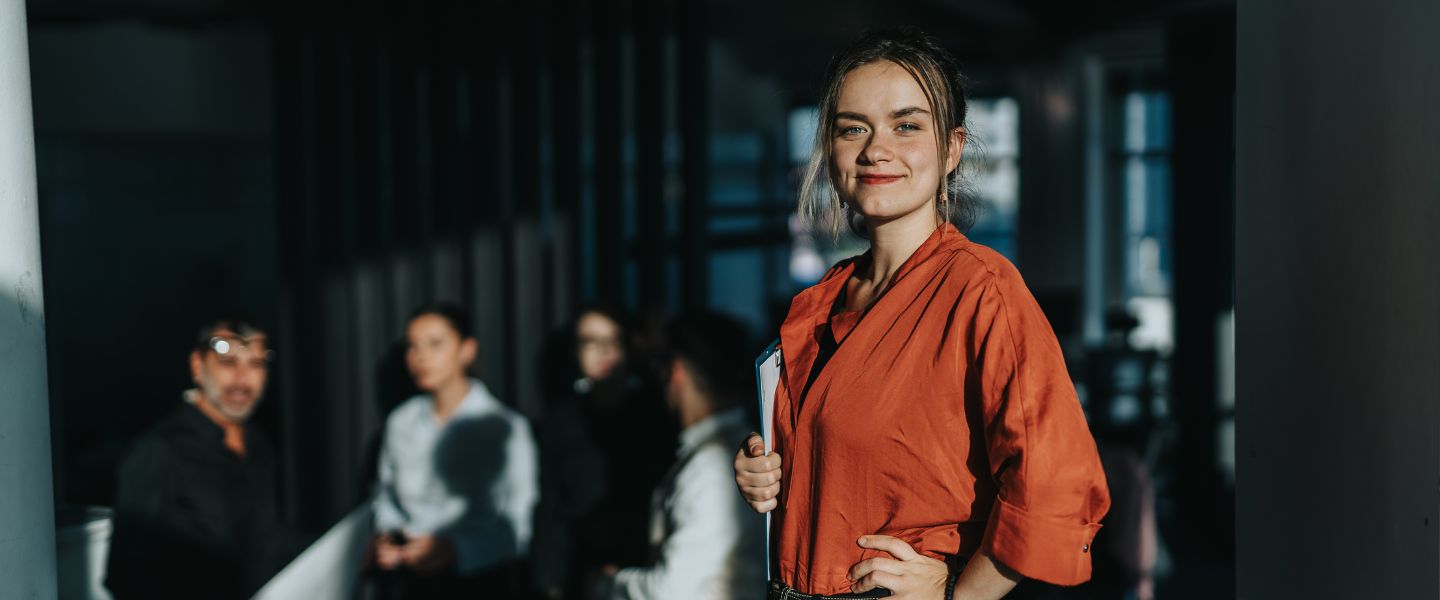Ultra: The initial public offering (A)
Following the sudden death of its longtime owner, Pery Igel, Grupo Ultra was at a crossroads. Around the world, capital markets were booming, with several telecom and technology IPOs. But the Asian crisis of 1998 had made investors skeptical of emerging markets. In Brazil the local index, Bovespa, had suffered considerably that year, going down by 40%. And IPOs had basically dried up across all emerging markets. In 1999 the only equity deals by Latin American companies were a $140 million share issue by Mexico’s Lusacell, a $90 million block of Telefónica del Perú traded, and a $1 billion convertible bond issue by Telmex. Despite this background, the Ultra Group’s businesses achieved strong performance, and there were significant growth opportunities. But capital was a concern. Is the time right to raise resources for expansion? What would it take to convince shareholders to take the company public?
The case shows how: a) corporate governance practices vary across countries, including environments in which there are dual-class shares; and b) corporate governance ensures that managers maximize shareholder value as well as serve the company’s needs and strategy. The case allows for discussion of the links between finance and strategy as well as an analysis of the role of IPOs in emerging markets and opening up capital in a family owned firm.
Ultrapar, Ipiranga Group, Petrobras, Materials, Oil and Gas
1999-2000
Cranfield University
Wharley End Beds MK43 0JR, UK
Tel +44 (0)1234 750903
Email [email protected]
Harvard Business School Publishing
60 Harvard Way, Boston MA 02163, USA
Tel (800) 545-7685 Tel (617)-783-7600
Fax (617) 783-7666
Email [email protected]
NUCB Business School
1-3-1 Nishiki Naka
Nagoya Aichi, Japan 460-0003
Tel +81 52 20 38 111
Email [email protected]
IMD retains all proprietary interests in its case studies and notes. Without prior written permission, IMD cases and notes may not be reproduced, used, translated, included in books or other publications, distributed in any form or by any means, stored in a database or in other retrieval systems. For additional copyright information related to case studies, please contact Case Services.
Research Information & Knowledge Hub for additional information on IMD publications
Research Information & Knowledge Hub for additional information on IMD publications
in I by IMD
Research Information & Knowledge Hub for additional information on IMD publications
Research Information & Knowledge Hub for additional information on IMD publications
Research Information & Knowledge Hub for additional information on IMD publications
Research Information & Knowledge Hub for additional information on IMD publications
in I by IMD
Research Information & Knowledge Hub for additional information on IMD publications
in I by IMD
Research Information & Knowledge Hub for additional information on IMD publications
Research Information & Knowledge Hub for additional information on IMD publications
in I by IMD
Research Information & Knowledge Hub for additional information on IMD publications
Research Information & Knowledge Hub for additional information on IMD publications











